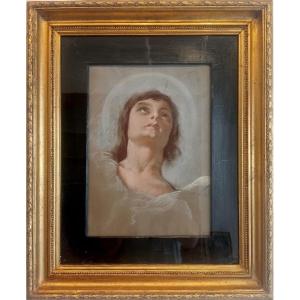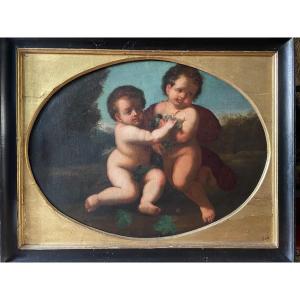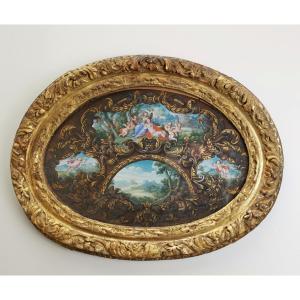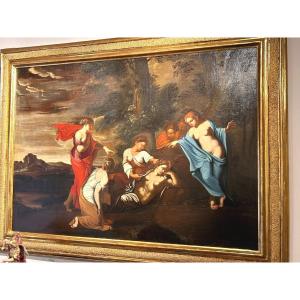18th-century painting depicting The Rape of Proserpina. The Rape of Proserpina is a famous myth from Greco-Roman antiquity, narrated in Ovid’s Metamorphoses. It tells the story of how Pluto, the god of the underworld (Hades in Greek mythology), abducted Proserpina (Persephone), the daughter of Ceres (Demeter), to make her his wife and queen of the realm of the dead. Proserpina was a young maiden who loved walking through meadows and picking flowers with the nymphs. One day, while near Lake Pergusa in Sicily, the earth suddenly opened, and Pluto emerged on a chariot drawn by black horses. Enchanted by her beauty, he seized her and took her to the underworld. Desperate, Ceres searched for her daughter everywhere, wandering the earth with a lit torch. During her search, she neglected her duties as the goddess of fertility, causing famine and devastation. Finally, Jupiter (Zeus), concerned about the situation, intervened and proposed a compromise: if Proserpina had eaten nothing in the underworld, she would be allowed to return to the earth. However, she had already tasted six pomegranate seeds, a symbol of her bond with the realm of the dead. As a resolution, it was decided that Proserpina would spend six months of the year in the underworld with Pluto and six months on earth with her mother. This myth became a symbolic explanation for the changing seasons: when Proserpina is in the underworld, Ceres grieves, and the earth becomes barren (autumn and winter), while when her daughter returns, nature blooms again (spring and summer).
Dimensions:
With frame: 66 x 57 x 5 cm
Without frame: 45 x 35 cm




























 Le Magazine de PROANTIC
Le Magazine de PROANTIC TRÉSORS Magazine
TRÉSORS Magazine Rivista Artiquariato
Rivista Artiquariato